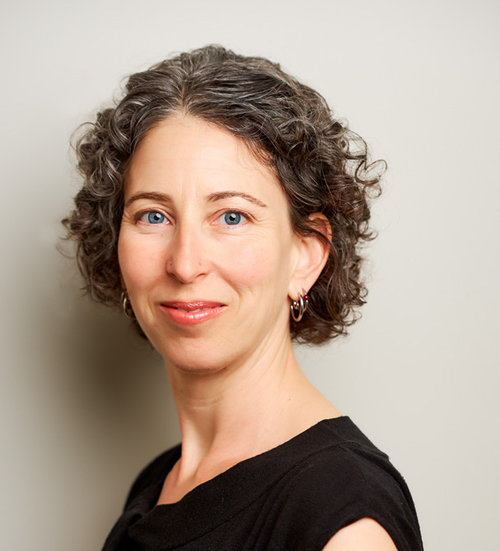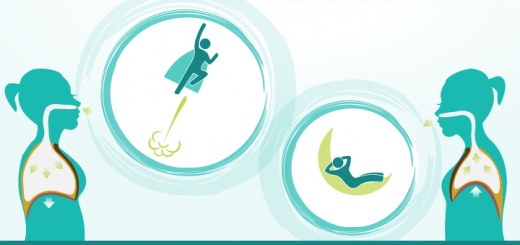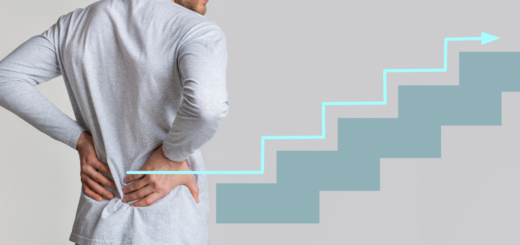“Not Everything That Counts Can Be Counted…” by Yoga Research
2
by Rachel Lanzerotti, yoga teacher and yoga therapist
There’s a stream of new research emerging about yoga and mindfulness, and even more popular news and social media posts about the health effects of mind-body practices.
…can yoga improve your mood?
…is meditation better than medication?
…will mindfulness make us happier?
…how can yoga help prevent disease?
With all this information whizzing by, it can be difficult to catch up and sort through it, to figure out which studies have information worth sharing and which ones don’t measure up.

It’s time to review the basic requirements for good research. Understanding yoga research means being able to spot the most useful, reliable, and generalizable studies that inform our evidence-based practice. A reliable study, with findings you can count on, would meet these basic criteria:
Big & Diverse. A large and diverse group of participants makes it more likely that study findings can be generalized, meaning that they might apply to the general population and not solely the people who participated in the study. (This means not restricting a study population to just one type or group of individuals. For instance, all earlier cardiac med trials were done only on men, mostly white men, and those data do not generalize to women and probably not to other or all groups of men.)
Longitudinal studies are those in which the investigation continues over a long period of time (months, years, decades). In a longitudinal cohort study, the same participants are observed repeatedly over months, years or decades.
Systematic reviews compile, compare, and synthesize data and findings from multiple research studies. This is a “study of studies” with careful combing of the most conclusive findings across journal articles published on a topic over a period of time. My favorite!
Controlled. An intervention group— people who receive yoga, meditation, or other mind-body practice that is being researched— is matched to a control group, which does something equivalent but that’s not yoga. The results of the two groups can be compared, to make sure it’s really the yoga that’s having an effect.
Random. Study participants are randomly assigned to either the control group (not yoga) or intervention group (yoga!). Less bias, a good thing in research.
Blind. The participants (and researchers if it’s “double blind”) do not know which group they are in (control or intervention). This is hard to do with an intervention like yoga, because it may be obvious whether you are lying down in savasana or doing some other type of activity (vs taking a medication or placebo pill, for example). Those who are assessing the results of the intervention should be “blinded” to which group a participant was assigned, in order to limit possible bias in the results and/or interpretation of results.
Balanced & Careful. The study design anticipates and minimizes factors that could impact how the intervention is presented or received, or otherwise influence the results, such as: demographic composition of the groups, environmental effects or differences between the groups, participants’ expectations, or variations in how the yoga (or not yoga) is presented.
Okay, geeky yogi researchers, I know you’re out there. What else would you add to this checklist?
Whether you like research or it baffles you, next week we’ll start our deeper dive into how to tackle a journal article… Tune in next week, and start to read research with more confidence!
(© 2019, 2010. Rachel Lanzerotti, Five Rivers Yoga LLC. Thank you to Dr. Alka Kanaya.)
[jetpack_subscription_form]
About Rachel
Rachel Lanzerotti (MSW, eRYT500, IAYT-Certified Yoga Therapist) is the Founder of Five Rivers Yoga Therapy and creator of The RE/ST Method for Pain Recovery™. She is a Body-Mind Yoga Therapist, meditation teacher, counselor, health educator and specialist in back pain relief.

Rachel has taught at UCSF Osher Center for Integrative Medicine and Spirit Rock Meditation Center, and was a featured presenter on “The Modern Science of Yoga” at the SF Asian Art Museum. She also launched the Aging Well program of San Francisco Village. She is a faculty member of Essential Yoga Therapy, where she mentors and teaches yoga teachers and therapists-in-training.
Rachel has been published in numerous journals, research studies, and periodicals including Stanford Magazine, and with the Boston Women’s Health Book Collective on topics ranging from yoga, health, aging, and sexuality to gender, racial justice, and human rights.
She holds a BA in Human Biology from Stanford University and Master of Social Work (MSW) from San Francisco State University. For a decade prior to founding Five Rivers Yoga Therapy, Rachel ran an organizational consulting practice with community-based groups. She spent many years focused on direct action work for nonprofit and social change organizations.




















This info is soooo important to help people understand what makes up legitimate research!
Thank you, Laura!!